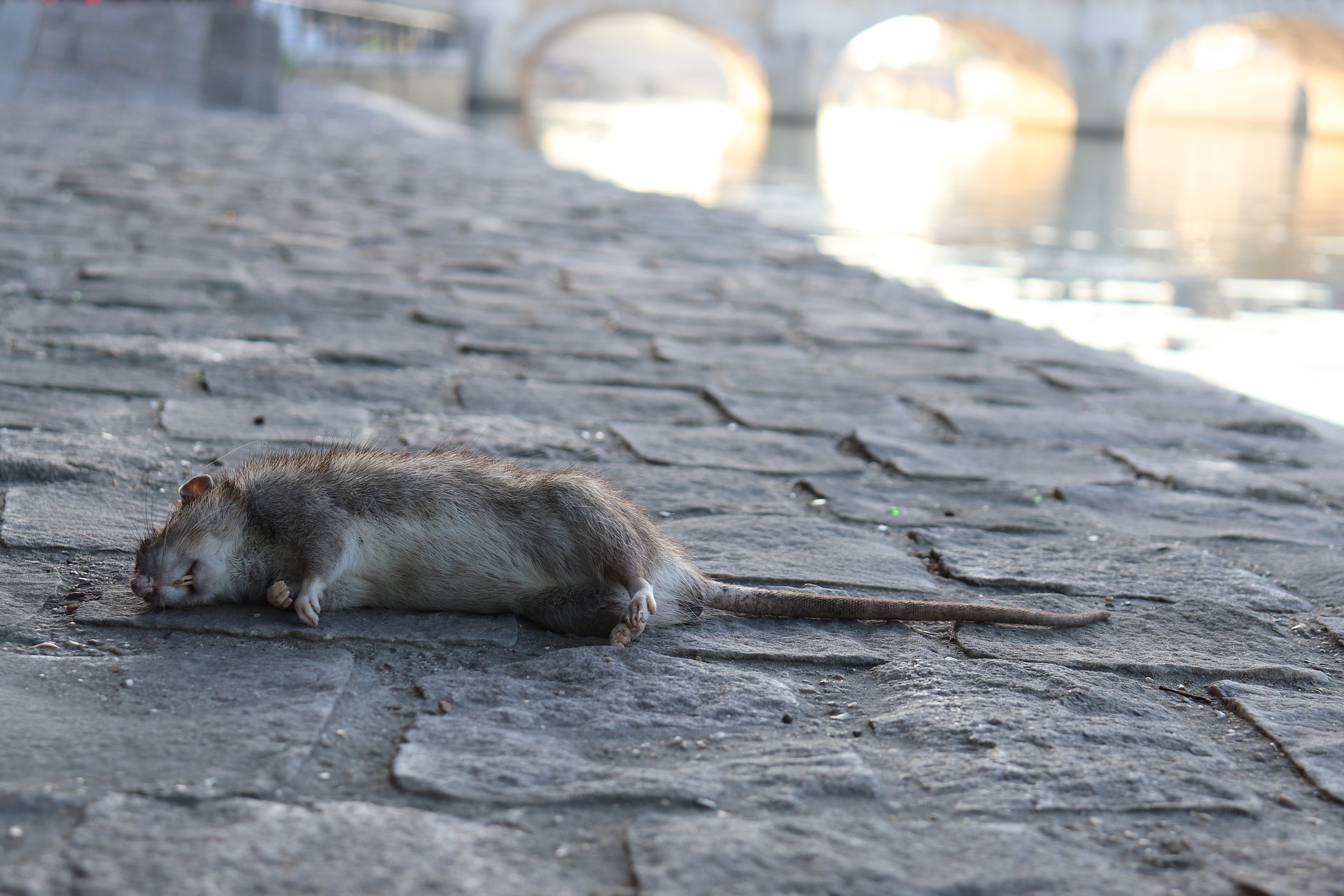A Natural Gene Drive Could Eradicate Invasive Rodents On Islands
Scientists have developed a gene drive, a kind of genetic parasite, that might be used to render mammalian pests like mice sterile and therefore eliminate them from the environment forever. So, natural gene drive could eradicate rodents.
Author:Paula M. GrahamReviewer:Hajra ShannonDec 07, 20223.6K Shares134.8K Views

Scientists have developed a gene drive, a kind of genetic parasite, that might be used to render mammalian pests like mice sterile and therefore eliminate them from the environment forever. So, natural gene drive could eradicate rodents.
If successful, the technique might provide a compassionate alternative to the poison baits presently used to combat invading mice on islands, which have devastating effects on local bird, reptile, and plant populations.
Researchers at the University of Adelaide in Australia, led by Paul Thomas, have developed the first laboratory proof of concept for a mammalian gene drive system.
Although most animals have two of each chromosome, each parent only passes on one set to their children. This implies that just half of a person's progeny will inherit an extra piece of DNA if it is inserted into one chromosome.
What Is Natural Gene Drive?
Gene drives are snippets of genetic material that encode strategies for increasing the likelihood that an altered trait will be passed on to offspring by more than a simple 50/50 chance. This implies that even if they are hazardous, they may spread throughout a population.
There are many different forms of natural gene drives that have been identified. Using the CRISPR method of gene editing, Kevin Esvelt of the Massachusetts Institute of Technology developed the first synthetic gene drive in 2013. Several groups are hoping to use CRISPR-based gene drives to reduce the prevalence of malaria by eliminating mosquitoes or rendering them less infectious to humans.
However, for reasons that aren't fully understood, CRISPR-based gene drives don't operate very well in mammals. Instead, Thomas and his team began with a naturally occurring gene drive found in mice and tweaked it to render female house mice (Mus musculus) sterile.

How gene drives could transform pest control | Anna Clark | TEDxYouth@Christchurch
How Natural Gene Drive Works
The t haplotype is a natural gene drive that slows the swimming speed of all sperm unless the sperm also contain the gene drive, which encodes a counter mechanism. As a consequence, 95 percent of kids will share the t haplotype with their parents. The scientists improved this drive by adding a mutation component that targets a gene crucial for female fertility.
Over the course of one laboratory mouse generation, the scientists found that the gene drive was able to shut off 80% of the mice's reproductive genes.
As the drive spreads across a population, more and more female mice would acquire two copies of the mutation, leaving them infertile. Initially, female mice would inherit only one copy and stay fertile. Thomas warns the population will begin to plummet at that point.
Computer simulations reveal that releasing 250 mice with this gene drive onto an island with a population of 200,000 mice will result in the eradication of all mice within 20-25 years. Unexpectedly, the model suggests that altering all reproductive genes will actually delay the growth of the drive, with Thomas claiming that 80% is more effective.
Risks Of Gene Drives
The potential for gene drives to propagate to locations where non-native species are welcome is a major concern. In order to prevent the gene drive from spreading if the mice managed to escape testing, its components were separated and placed on various chromosomes. Because of this, testing was limited to a single generation. The testing was conducted in a facility with maximum security.
The next stage is to develop a fully built gene drive that is effective exclusively in mice carrying one of the variations the research has been detecting as being unique to invading mouse populations on islands. If successful in the lab, the researchers will apply for permission to unleash the virus on the one island where it may propagate.
“„Baits are expensive and do not always work. You also don’t have the horrible cause of death aspect.- Paul Thomas, University of Adelaide in Australia
His current focus is on using the gene drive to eradicate mice from islands; if successful, the method may be extended to mainland Australia in the future.
“„The individual components do work quite well in a single generation, and therefore may very well work as modelled over multiple generations,” she says. But the system will need to be tested over many generations to confirm this.- Kimberly Cooper, University of California
Final Words
To be sure, New Zealand isn't alone in facing difficulties of this kind. Sixty percent of all vertebrates that went extinct during the last seven centuries did so on islands, and invading species are to blame in half of these instances.
Predator-Free 2050 has the potential to alter the globe, but not via an inexorable tide of gene-drive rodents. Instead, it will demonstrate to other countries that protecting islands, eliminating invasive pests, and saving endangered species is doable, even on a massive scale.

Paula M. Graham
Author

Hajra Shannon
Reviewer
Latest Articles
Popular Articles